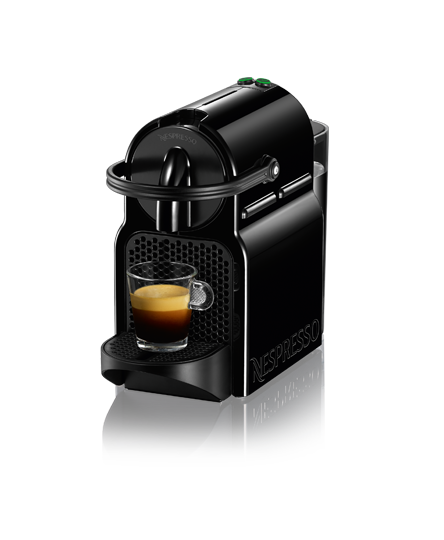Hi All… I am looking for a good mechanic hacker… I have a Nespresso Machine I want to make WiFi capable.
The electronics part is mostly done, The board will handle the Photon, the High Loads of the boiler, temperature PID, fluid counter, etc. It’s tested and its working fine! It makes coffee real good!
However… The mechanical Part is a PIA!.. I managed to 3d print a dispenser of the capsules that works fine, the cartage dispensing it’s mostly done too.
It’s the opening and closing of the machine to receive the cartages that its making me go nuts… not easy at all and need a new perspective to tackle the problem. I have tried high torque servos in sync on both sides, but the force required to close and open the machine compartment to load the coffee cartages is too much of the servos in a straight in configuration… (see the 3D drawings)…
I need help! A mechanical hacker that can see things differently to tackle the issue…
Any suggestions would be welcomed since I am brain frozen!
The finished PCB board with all the TRIACS and all:
https://community.particle.io/uploads/particle/original/9/d/9d825cdc9542e1648045a7843f2b859e5a558b92.jpg
The machine:
Its a Nespresso Inissia:

As you can see the handle on top is the one that needs to move 90 degrees up/down to open the machine loader to load a cartage and then close it… I might need stronger motors or maybe a rod with a screw but that will complicate the mechanics a lot… I am not a mechanic so… As you can see… I might be reciting stupid things 
Any help would be appreciated a lot! I have a 3D printer that can be used to make parts and I am good with 3D design with Fusion 360… So… Shoot your ideas!! It will be FUN! If you like the project I can share all the files and open source it…
Here’s what I have tried so far, The first attempt worked better, but needed better servos… Tried better servos but the machine moved a lot with the torque being applied… the second was a mess with the gears, the whole machine moved too and the adjustment of the teeth was very difficult… So I might need to anchor the servo to the same machine, instead of all the way from the bottom, or use another idea completely…
Try 1:

Try 2:

Thanks!